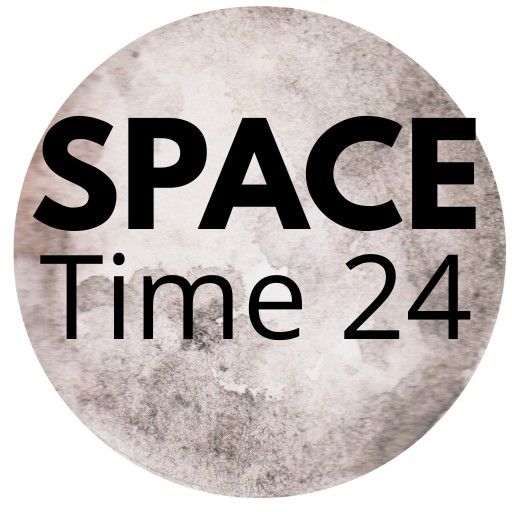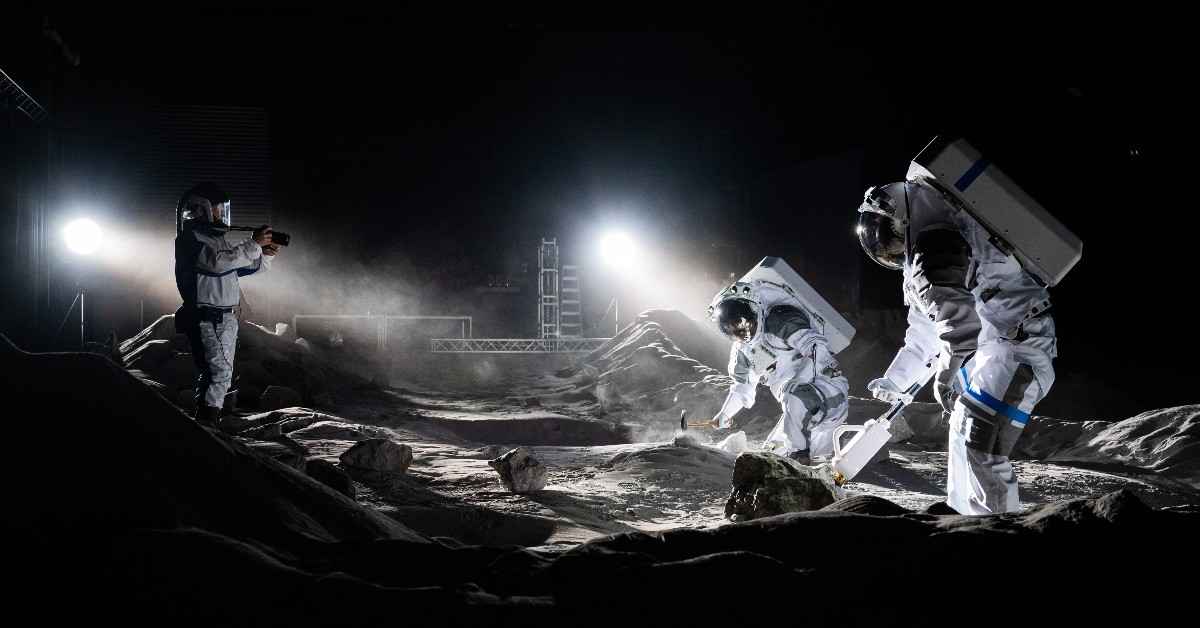Ahead of the Artemis 2 mission, NASA astronauts conducted a full-scale emergency recovery exercise with Orion’s mock spacecraft, practicing launch pad abort procedures and ocean rescue coordination.

Artemis 2 Astronauts Undergo Full Emergency Training with Orion Spacecraft Mockup.
The launch pad abort and ocean recovery rehearsal for the Artemis 2 crew was conducted off the coast of Cape Canaveral, Florida, near NASA’s Kennedy Space Center.
The specific operations took place in the Atlantic Ocean, where recovery teams—consisting of NASA personnel, the U.S. Navy, and Department of Defense specialists—carried out the splashdown and crew recovery exercises using the Crew Module Test Article (CMTA), a full-scale replica of the Orion spacecraft.
This location is also the planned splashdown zone for Orion during actual missions, making it an ideal site for realistic training under expected mission conditions.
In preparation for NASA’s upcoming Artemis 2 mission to the Moon, the crew of four astronauts has taken part in detailed training that simulates one of the most critical emergency scenarios in spaceflight — a launch pad abort followed by ocean recovery. This practice run is an essential part of ensuring crew safety ahead of the first crewed Artemis mission to deep space.
Held off the Florida coast, the training was conducted in collaboration with NASA’s flight control teams and the U.S. Department of Defense, which would be responsible for rescue and recovery operations in an actual emergency. Using the Crew Module Test Article (CMTA) — a full-scale model of the Orion spacecraft — the astronauts rehearsed both the in-capsule experience and the steps that would follow an emergency splashdown.
What Is Artemis 2?
Artemis 2 is NASA’s second mission under the Artemis program and the first to carry humans beyond low Earth orbit since the Apollo era. Scheduled to launch in 2025, it will send four astronauts on a 10-day mission around the Moon aboard the Orion spacecraft.
Unlike Artemis 1, which was uncrewed and focused on testing spacecraft systems in space, Artemis 2 will serve as a critical test flight of Orion’s life support, navigation, propulsion, and safety systems — all while operating in the deep space environment beyond Earth’s orbit.
Practicing for the Worst: The Launch Pad Abort Scenario
Despite all efforts to ensure a smooth countdown and launch, the risk of a launch pad emergency can never be completely eliminated. That’s why Artemis 2 astronauts are preparing not only for the mission itself but also for rare, high-risk situations that could occur on the ground.
In this specific test, the crew simulated a launch pad abort, which involves the immediate cancellation of the launch due to a malfunction, threat, or environmental issue. In such a case, the Orion spacecraft would be ejected from the launch tower and descend into the ocean for quick crew recovery.
To make the scenario realistic, the astronauts:
Boarded the CMTA as they would during a real launch
Used life-sized instrumented mannequins placed in designated crew seats
Practiced communication protocols with ground teams and military recovery divers
Experienced a controlled splashdown in ocean waters similar to what would occur in a real emergency
This rehearsal was designed to simulate not just the physical experience of splashdown but also the psychological and operational challenges of coordinating a rescue while inside the tight confines of the spacecraft.
Collaboration and Coordination
The training brought together multiple branches of NASA and the Department of Defense, including:
NASA’s Landing and Recovery Team
The U.S. Navy, who are trained to handle open-water astronaut recovery
Ground-based Flight Directors and mission control staff
By running through this scenario, both the astronauts and the recovery teams refined procedures, communication patterns, and rescue timelines. These elements are vital to ensure that if a real abort were to occur, the crew could be retrieved quickly and safely.
Why These Rehearsals Are Critical
Every space mission carries risk, especially one that involves sending humans into deep space. While much attention is given to the mission’s main objectives — such as lunar flybys and spacecraft system validation — training for emergency responses is just as essential.
Practicing in real-world conditions helps astronauts become familiar with:
Confined capsule movement while wearing suits
Recovery operations in choppy waters
Stress management during unexpected situations
Timing and precision in opening hatches, activating flotation systems, and exiting the module
These preparations build confidence and competence for the Artemis 2 crew and allow engineers to adjust procedures and hardware design based on real feedback.
Looking Ahead: Artemis 2 Launch Timeline
Artemis 2 is expected to launch in late 2025, depending on technical milestones, spacecraft readiness, and thorough safety reviews. The mission marks a turning point for the Artemis program as it transitions from uncrewed test flights to human exploration.
Following Artemis 2, Artemis 3 aims to land astronauts on the Moon — the first lunar landing since Apollo 17 in 1972.
Artemis 2 : FAQs
1. What is Artemis 2’s mission goal?
Artemis 2 will send a crew of four astronauts on a 10-day mission around the Moon to test Orion’s life-support and flight systems in a deep space environment.
2. What is a launch pad abort scenario?
This is an emergency procedure that ejects the crew spacecraft away from the launch pad if something goes wrong before or during liftoff. The spacecraft then safely lands in the ocean for recovery.
3. What is the Crew Module Test Article (CMTA)?
The CMTA is a full-size, non-flight model of the Orion spacecraft used to simulate training events, such as launch pad aborts and ocean splashdowns.
4. Who leads the recovery effort after splashdown?
The recovery is handled by the U.S. Navy, NASA’s Landing and Recovery team, and other mission support staff, all of whom coordinate efforts during recovery drills.
5. Why are mannequins used during training?
Mannequins represent real astronauts and allow teams to measure safety equipment performance, balance, and environmental conditions inside the module during recovery scenarios.
Venturi Space Reveals- Mona Lena Lunar Rover: Europe’s Bold Step Toward the Moon
Strong Geomagnetic Storm May Bring Rare Northern Lights Display Across U.S. Skies This Weekend

